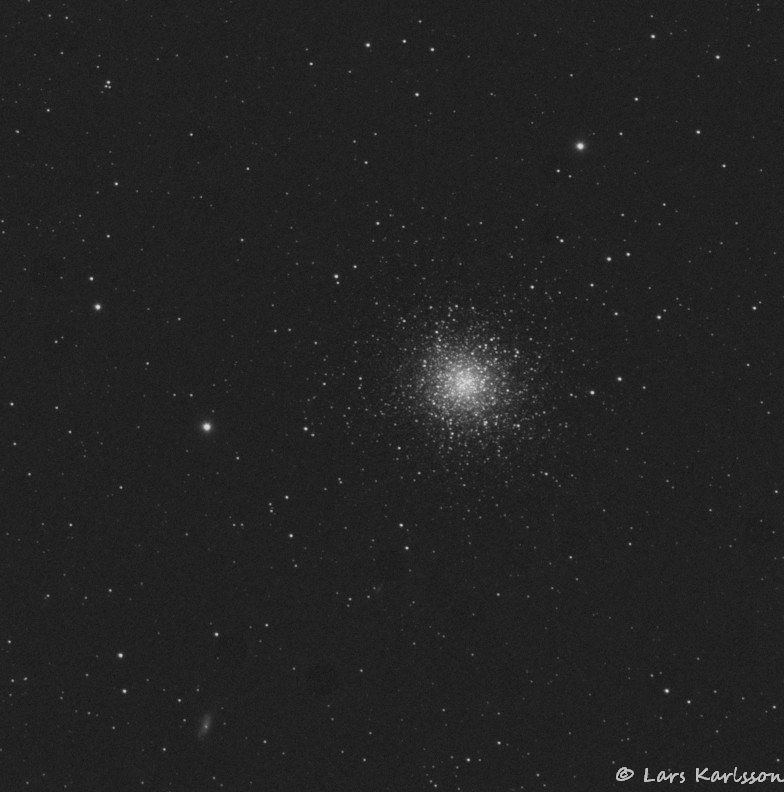|
Advertisement / Annons: |
Tutorial:
|
Content:
Note: |
7, Parallel Super-Resolution Plug in:If you have read all pages all the way to here you understand that this is not an easy task to do. Are there any other way to reach the goal to retrieve resolution of undersampled images? Over one year ago I found a plugin to ImageJ that was called Parallel Super-Resolution. If it works for ImageJ it should work for AstroImageJ. The problem is that ImageJ are mostly dedicated to the microscope world, not astronomy. I didn't investigate it any further, also read that some people had problem to get it to work. Now (2017) I took a new look and wrote to the developer Piotr Wendykier and ask if there is any chance that his plugin could be used to astronomy images.
And what did he answer? Great news! I installed the Parallel Super-Resolution into AstroImageJ plugin library. To my surprise it works directly, no problem at all. The only thing I had to do was to pre align the images because of big movements between them. Photos must have been taken with a couple of pixels move between them (dithered) but not that big movements I had, it confuse the align process!
Note: Here you can download Parallel Super-Resolution Plug in: I looked in my library what undersampled images I had. At later time I have used my Sigma APO 150 mm f/2.8 lens, normally set to aperture f/4. My camera a Canon 6D has a pixel pitch of 6.54 um. That gives a pixel scale of 9" per pixel, but it's a color sensor then twice that, 18" pitch blue to blue or red to red pixels, green pixels has a diagonal pitch of 13". The theoretical resolution of the lens are about 3" at f/4. Heavy undersampled! The Parallel Super-Resolution Plug in can only handle one channel, not color. I demosaiced my cfa images to only have the green channels, 58 of them. One of the object I have photos of was M13 and I cropped around the center, about 200 x 200 pixels. Below I have done a couple of test to see how it works.
I have done a linear interpolation of the first two images to give the same scale. That influence the image to some degree. 
It's a bit hard to see in this 1:1 pixel matching, but there is a clear difference with higher resolution downwards, but this is the first test, it could be wrong somewhere. Notice the satellite track, with Drizzle technique you can't suppress these so easily as with normal medium stacking of dithered images. I have to change my routines when I start using this Drizzle technique.
Compared with my telescope, green channel: 
TS130 APO refractor, 684 mm focal length. Even this image is undersampled. Theoretical resolution about 1", pixel scale 2" per pixel or twice because of a color sensor. Pixel map 1:1. |
A 4x zoom of the dataHere I have cropped the data around the core of the globular cluster to clearly see what had happen with the Parallel Super-Resolution plugin action. A 4x zoom ha been applied afterwards. 
If I had done this correct it shows very clear that we got a higher resolution out from this plugin I will work more with this tool and find a way to handle color images to, it can't be very difficult. Just one common reference to all color channels. Don't expect to do a 4x Super Pixel image from a 20 Mega pixel sensor. These images was just 200 x 200 pixels, 0.04 Mpix. Calculation of this kind take a lot of memory and do a lot of heavy calculations. I will see in the future how much my 8GB quad core computer can handle. My computer is outdated once again. Compared with my telescope, green channel: 
TS130 APO refractor, 684 mm focal length. 4x Zoom.
|
|